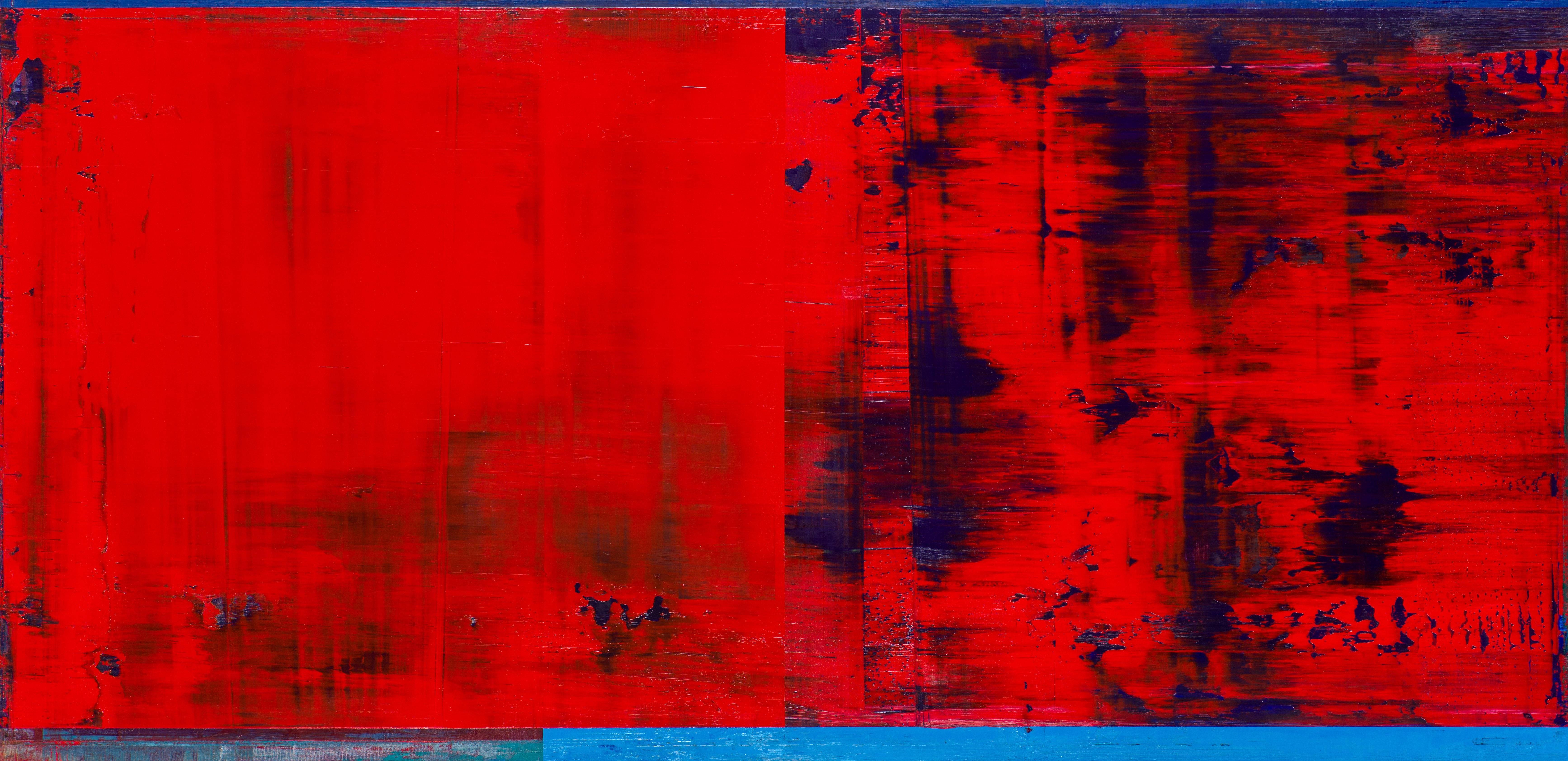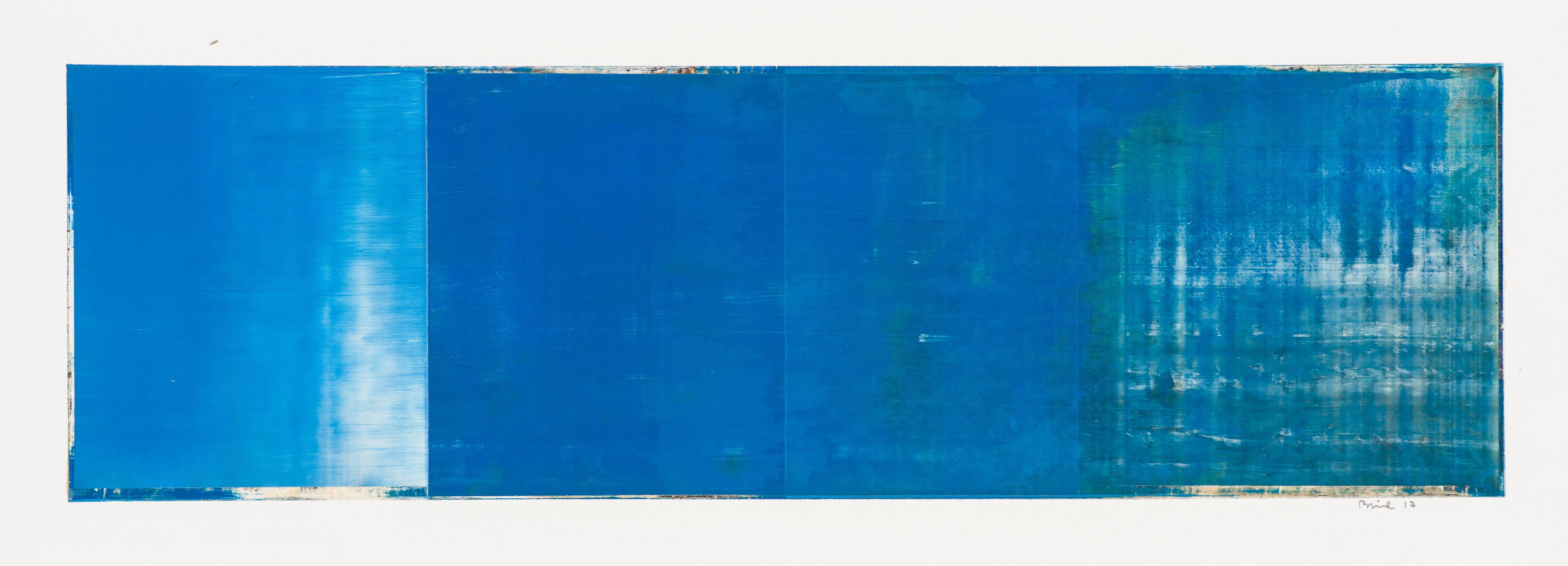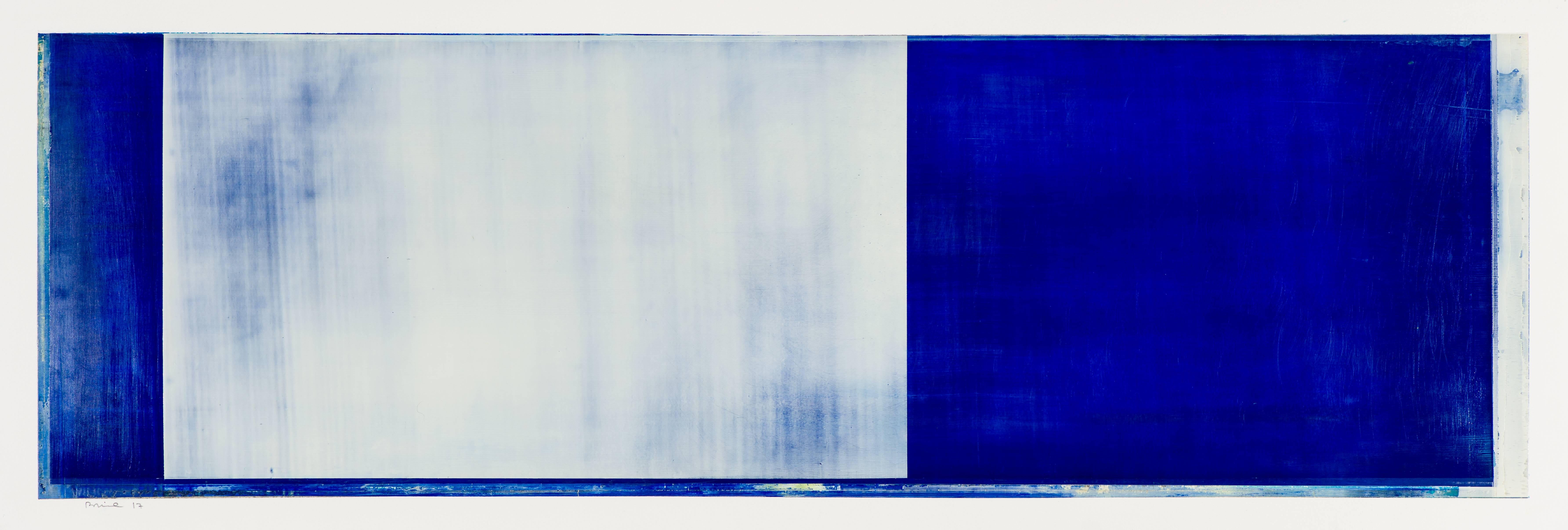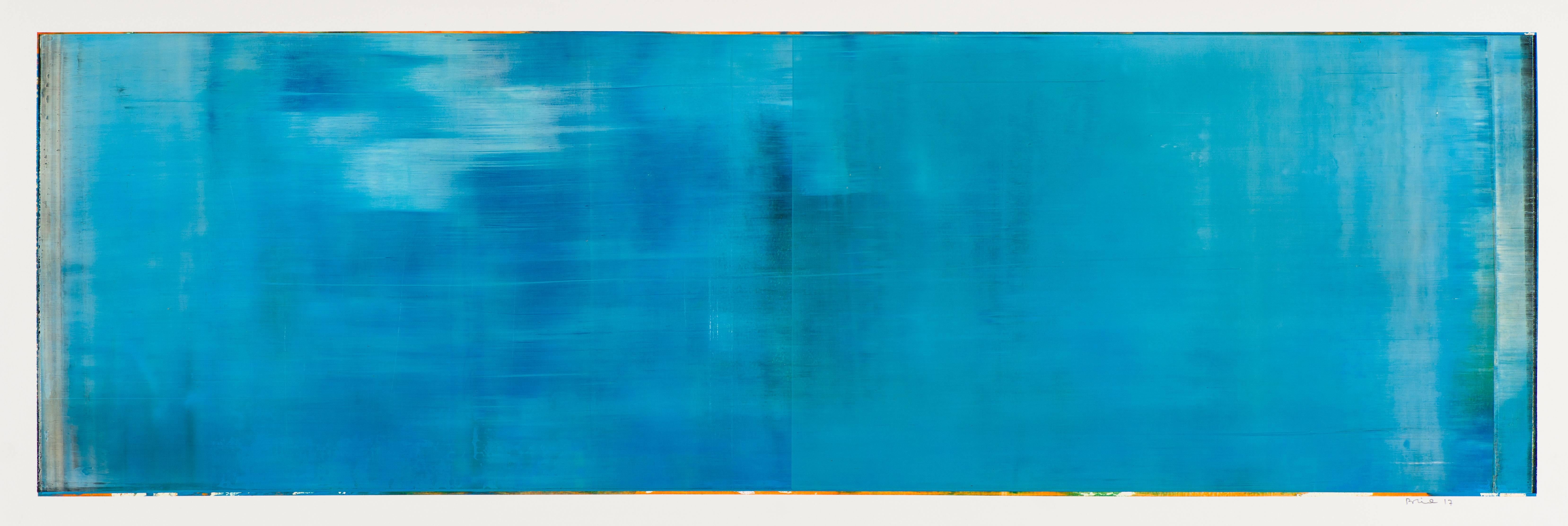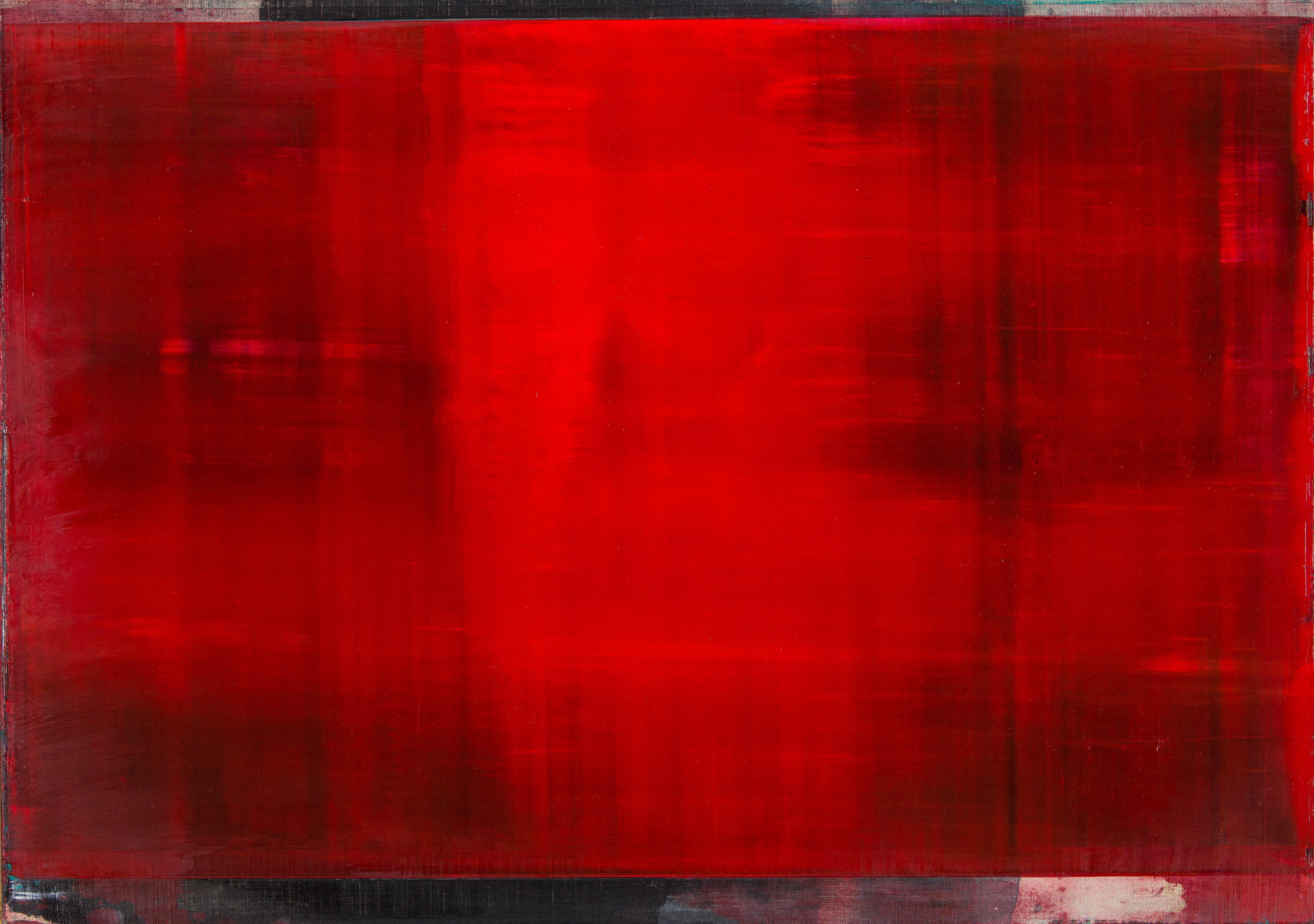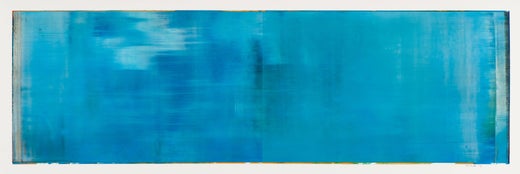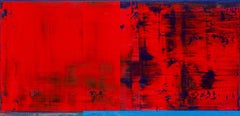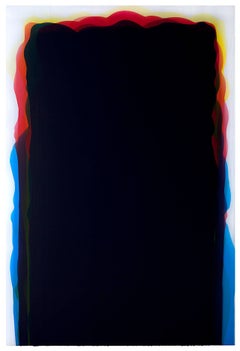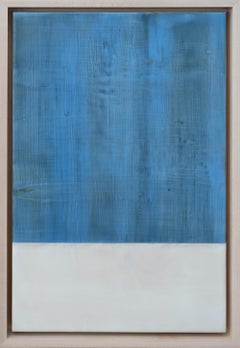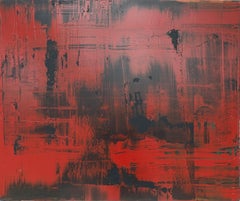Daniel BriceOX2016
2016
About the Item
- Creator:Daniel Brice (1961, American)
- Creation Year:2016
- Dimensions:Height: 34 in (86.36 cm)Width: 28 in (71.12 cm)Depth: 1.5 in (3.81 cm)
- Medium:
- Movement & Style:
- Period:
- Condition:
- Gallery Location:Phoenix, AZ
- Reference Number:Seller: 2016081111stDibs: LU1371205393
Daniel Brice
Californian artist Daniel Brice uses the simplicity of color and geometry to convey meaning. His abstract style paintings and watercolors have bold shades and overlapping shapes that transmit an emotional depth. Though it can be described as minimalist, Brice’s work is marked by a sense of vibrancy and animation.
Brice was born in 1961 in Glendale, California, and graduated from California State University, Long Beach, in 1985. Throughout the 1980s, he was close friends with and mentored by fellow painter and printmaker Carlos Almaraz. Almaraz used to tell the young artist that “a broom is the artist’s second most important tool!” Later, Brice realized this meant the real tool was finding time to think.
Brice held his first solo exhibition in 1988 at the David Lawrence Gallery in Los Angeles. His paintings and prints are heavily inspired by the natural scenery of his home state. Rectangles and lines of Pacific Ocean blue provide a soothing backdrop to the sun-soaked shades of yellow, orange, green and red of California’s flora. Brice often paints in layers, translating the lushness of his surroundings onto the paper.
In 2003, Brice was invited for a residency at the Tamarind Institute, a lithography workshop in Albuquerque, New Mexico. He has since had multiple residencies at the workshop and cites his collaboration with Californian artist Bill Lagattuta as a particularly powerful learning experience.
Brice currently is based in Los Angeles, exhibiting his paintings throughout California and across the country. His work can be found in the collections of the Allentown Art Museum, the Ohio Wesleyan University Richard M. Ross Art Museum and Smith College.
On 1stDibs, find Daniel Brice’s paintings, drawings and mixed media.
- ShippingRetrieving quote...Shipping from: Phoenix, AZ
- Return Policy
More From This Seller
View All2010s Color-Field Paintings
Linen, Oil, Acrylic, Stretcher Bars
2010s Color-Field Paintings
Linen, Oil, Acrylic, Panel, Wood Panel
2010s Color-Field Paintings
Paper, Oil, Archival Paper
2010s Color-Field Paintings
Paper, Oil, Archival Paper
2010s Color-Field Paintings
Paper, Oil, Archival Paper
2010s Color-Field Paintings
Linen, Oil, Acrylic, Panel, Wood Panel
You May Also Like
21st Century and Contemporary Abstract Abstract Paintings
Pigment, Polymer
21st Century and Contemporary Abstract Abstract Paintings
Encaustic
2010s Abstract Abstract Paintings
Canvas, Acrylic
Early 2000s Abstract Abstract Paintings
Cotton, Wood, Acrylic
21st Century and Contemporary Abstract Abstract Paintings
Encaustic
2010s Abstract Abstract Paintings
Canvas, Oil

